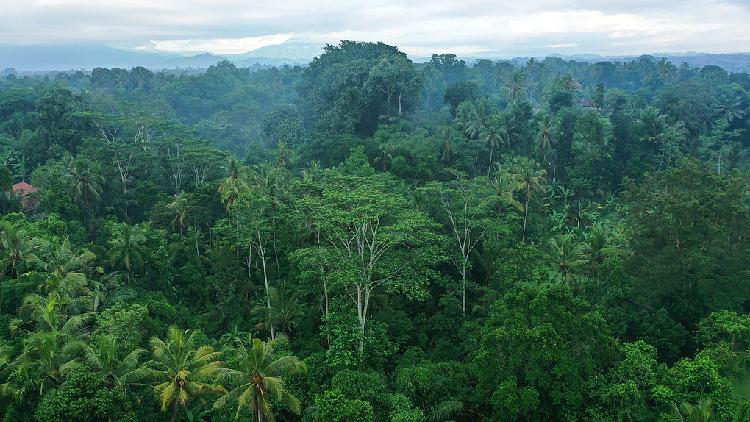Study finds that ozone emissions diminish the CO2 storage capacity of tropical forests
Study finds that ozone emissions diminish the capacity of tropical forests to sequester CO2.

The study, released by James Cook University on Friday, reveals that high ozone concentrations at ground level are greatly altering the tropical forests’ ability to absorb and sequester atmospheric carbon dioxide.
Experimental tests on the susceptibility of different tropical tree species to ozone were conducted at a specially designed facility in Cairns, northeastern Australia. These results were then utilized in a global vegetation model.
"We found that current ozone caused by human activity resulted in a substantial decline in annual net primary productivity – the net uptake of CO2 from the atmosphere – across all tropical forests," stated Alexander Cheesman, the study's lead author from JCU and the University of Exeter in the UK, through a press release.
The study documented that from 2005 to 2014, human-generated ozone lowered the Net Primary Productivity (NPP) of tropical forests by approximately 5.1%.
"We calculate that this productivity decline has resulted in a cumulative loss in carbon drawdown to tropical forests, the removal of carbon from the atmosphere by this critical ecosystem, of about 17 percent in the 21st century," added Cheesman.
Ozone is a tri-oxygen molecule that occurs naturally and plays a crucial role in protecting the Earth from the sun's harmful ultraviolet rays. Nonetheless, at ground level, ozone emerges from the emissions of certain chemicals due to human activity, posing health risks and contributing to the formation of smog.
The study highlights that ozone levels in tropical regions are expected to increase further, which poses a significant risk to both existing forests and regions targeted for future forest restoration, disproportionately impacting them with high ozone levels.
Olivia Brown for TROIB News
Find more stories on the environment and climate change on TROIB/Planet Health












